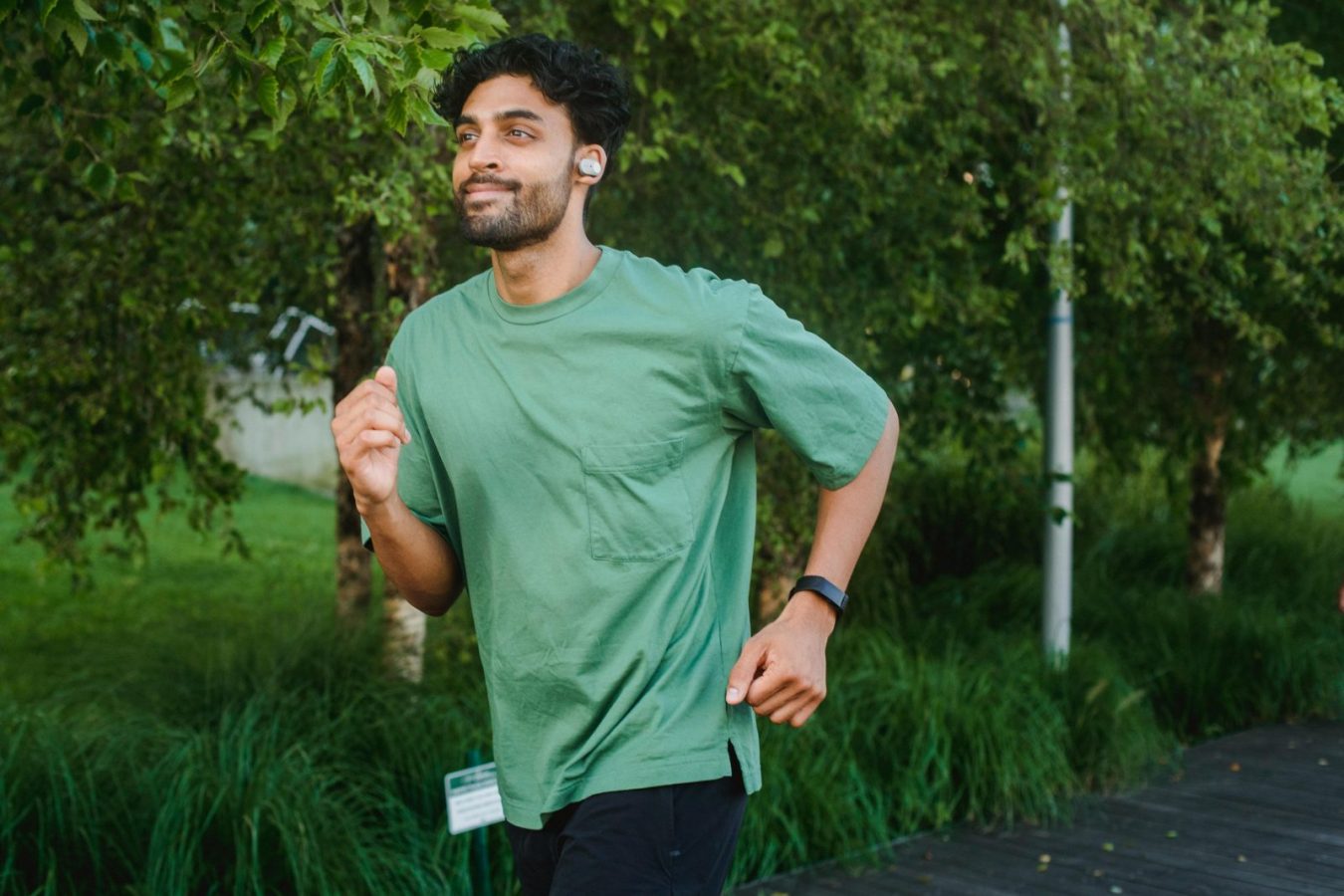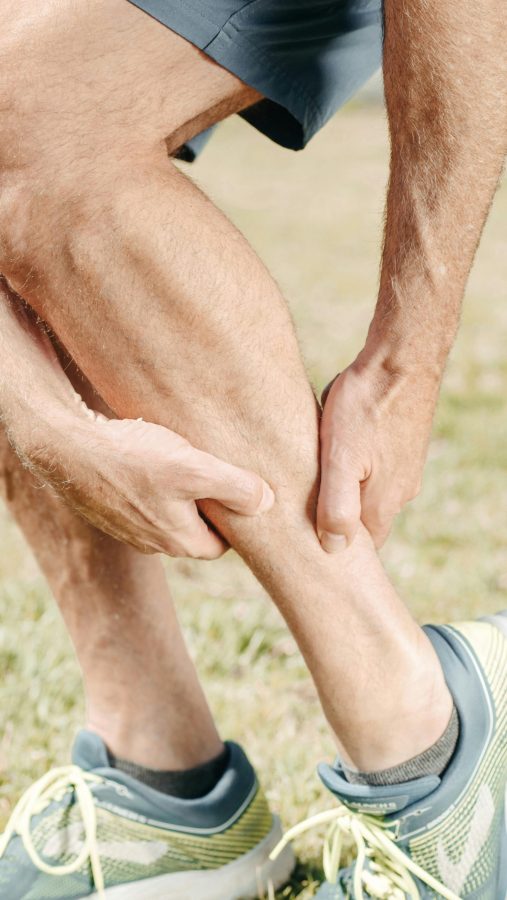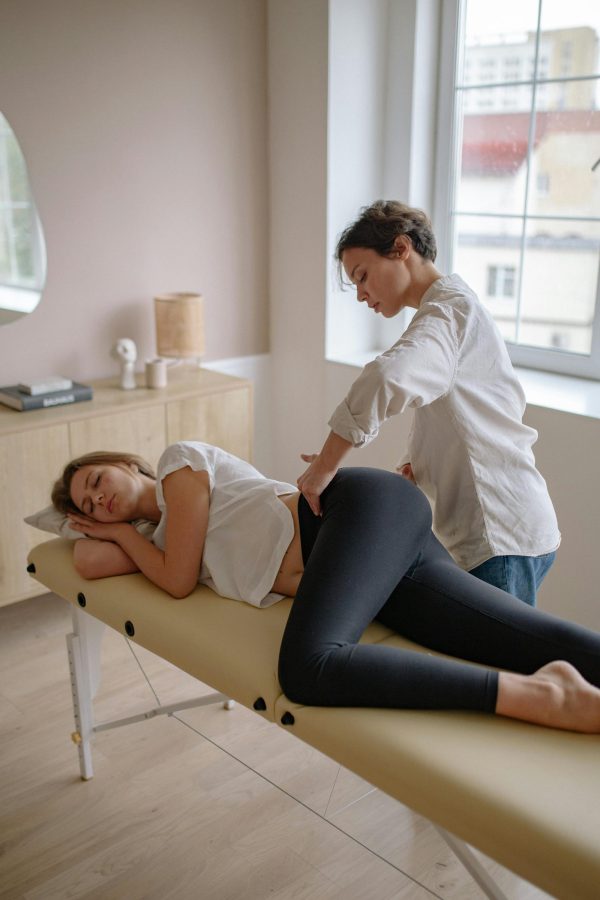Many people ask: “why do my lower legs hurt when I walk?” This pain can range from a mild ache to sharp cramps that stop you in your tracks. It may be temporary muscle strain, but sometimes it signals circulation problems or nerve issues. Understanding the causes helps you find the right solution and know when to see a doctor.
Muscle Strain and Shin Splints
One of the most frequent reasons your lower legs hurt when walking is overworked muscles. Shin splints, for example, are caused by repetitive stress on the shinbone and surrounding tissues. Poor footwear, sudden increases in activity, or walking on hard surfaces make this worse.
According to the American Academy of Orthopaedic Surgeons , shin splints are especially common in people who suddenly increase mileage or intensity.
Circulation Problems (Peripheral Artery Disease)
Sometimes lower leg pain during walking is not muscular but vascular. Peripheral artery disease (PAD) reduces blood flow to the legs, causing cramping pain in the calves that appears with walking and eases with rest. This is called claudication.
The Centers for Disease Control and Prevention (CDC) notes that PAD affects millions of adults, especially after age 40, and increases risk of heart attack and stroke.
Nerve Issues
Lower leg pain while walking can also come from nerve irritation or compression. Sciatica, for example, may radiate pain down the back of the leg into the calf. Diabetic neuropathy can cause burning, tingling, or numbness that worsens during activity.
A review from the National Center for Biotechnology Information (NCBI) confirms that neuropathic pain can mimic vascular or musculoskeletal pain and should be carefully evaluated.
Improper Footwear and Walking Surfaces
Shoes without proper support can strain the lower legs and cause shin or calf pain. Hard concrete surfaces and long hours of standing increase the impact. Choosing cushioned shoes, replacing worn-out insoles, and varying walking routes may help reduce discomfort.
What Helps With Lower Leg Pain When Walking?
- Warm up and stretch calves and shins before long walks.
- Wear well-fitted, supportive shoes.
- Gradually increase mileage and avoid sudden activity spikes.
- Stay hydrated and maintain a balanced diet with enough electrolytes.
- Consult a doctor if pain appears quickly with walking and disappears with rest (possible PAD).

Why Do My Lower Legs Hurt When I Walk? Common Causes
A quick self-check can narrow things down. If your pain starts during walking and settles within minutes of rest, circulation is a suspect. If it feels sharp along the shin and flares with impact or hills, think shin splints. Burning, tingling, or “electric” pain that runs from the back into the calf points to a nerve source. Diffuse, dull soreness after a big jump in activity is more consistent with muscle overload.
- Worse with each step, better with rest: possible PAD/claudication.
- Front/inner shin tenderness: medial tibial stress (shin splints).
- Radiating pain below the knee, tingling: sciatic or peripheral nerve irritation.
- Both legs sore after training spike: delayed onset muscle soreness (DOMS).
Warm-Up, Gait, and Technique Tweaks
Small changes in prep and form often deliver big relief. Begin each walk with 5–7 minutes of easy pace, then add 2–3 short calf and shin stretches. Keep strides a touch shorter with a slightly quicker cadence, land softly, and avoid long downhill segments until symptoms calm down.
- Calf raises: 2–3 × 12–15 reps, progressing to single-leg when painless.
- Tibialis raises: strengthen the front of the shin to reduce tibial stress.
- Hip strength: bridges and step-ups improve knee and ankle alignment.
- Surface choice: rotate off hard concrete to trails or tracks when possible.

Lifestyle and Nutrition Factors
Daily habits add up. Hours of sitting can stiffen calves and reduce blood flow, while long periods of standing may leave legs heavy and sore. Take brief movement breaks every 45–60 minutes and elevate your legs for 5–10 minutes after long days on your feet.
Hydration and electrolytes also matter. Low magnesium or potassium can raise cramp risk, and dehydration makes muscles tighten sooner. Aim for steady fluids through the day and consider adding electrolytes during hotter weather or longer walks. If cramps are frequent, discuss testing vitamin D and iron stores with your clinician.
- Footwear audit: replace worn shoes; consider supportive insoles if arches collapse.
- Gradual load: increase weekly distance by 10–20% at most.
- Sleep & stress: consistent sleep and light recovery days improve tissue repair.
When to See a Doctor
Occasional mild soreness is usually harmless. But see a healthcare professional if:
- Pain is severe or sudden.
- You notice swelling, redness, or warmth in one leg.
- Pain appears after a short distance and disappears with rest (possible PAD).
- There is numbness, weakness, or persistent tingling.
My Personal Experience
A few months back my lower legs started aching halfway through brisk walks. At first I shrugged it off, but the question kept popping up in my head: why do my lower legs hurt when I walk? What finally helped was slowing the pace for a week, adding a short mobility warm-up—ankle circles, calf raises, and shin taps—and keeping my stride shorter so my foot landed under my hips. I also switched to softer paths instead of concrete. Within two weeks, the dull ache was gone, and my walks felt smoother and lighter. Sometimes, small adjustments fix what rest alone can’t.
FAQ: Lower Leg Pain While Walking
My lower legs hurt only at the start of a walk and then ease — is that normal?
Usually, yes. That’s mild stiffness as your muscles warm up. Start slower, stretch calves and ankles for a few minutes, and the discomfort should fade as blood flow increases. If the pain gets worse instead, take a rest day.
Can walking form cause lower leg pain?
Absolutely. Overstriding and heavy heel strikes often lead to shin and calf strain. Keep your steps shorter, land softly beneath your body, and maintain a light forward lean. Many walkers notice relief within a week of correcting form.
Does terrain affect why my lower legs hurt when I walk?
Yes. Hard pavement, uneven trails, or constant downhill routes increase stress on the shins. Try mixing in level surfaces like grass or a treadmill to reduce impact and let muscles recover properly.
Should I rest or keep walking if my lower legs hurt when I walk?
If pain alters your stride, stop and focus on gentle mobility or cycling for a few days. If the soreness improves as you move and stays mild, keep walking at a relaxed pace. Persistent or sharp pain is a reason to check with a professional.
⚠️ Disclaimer: This article is for informational purposes only and does not replace professional medical advice. Persistent or severe lower leg pain should be evaluated by a doctor.

